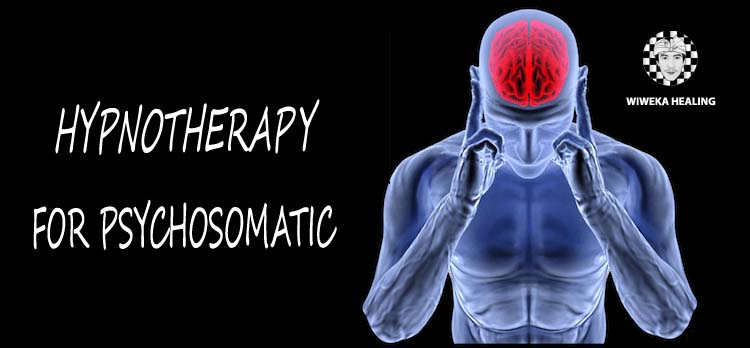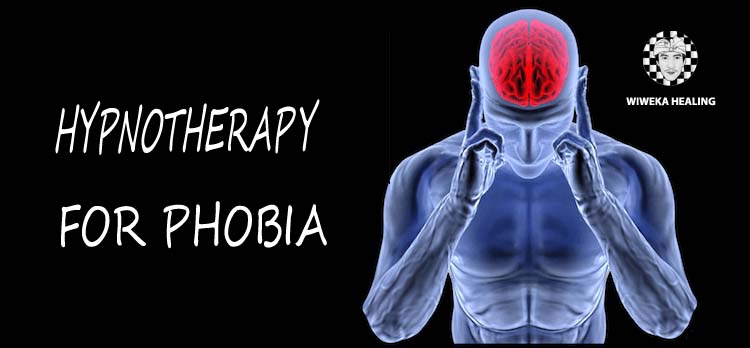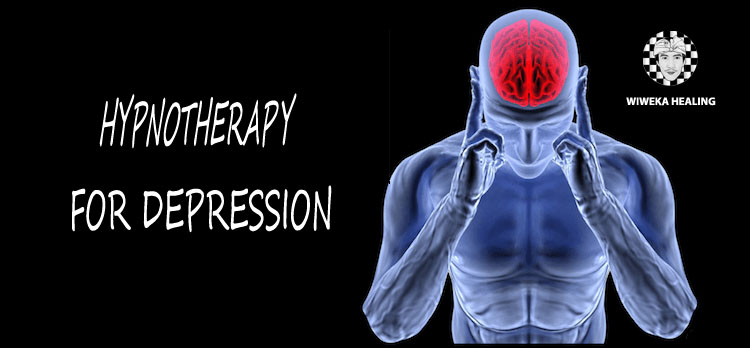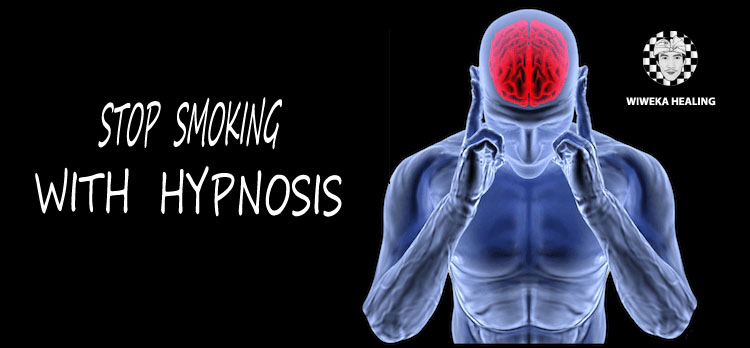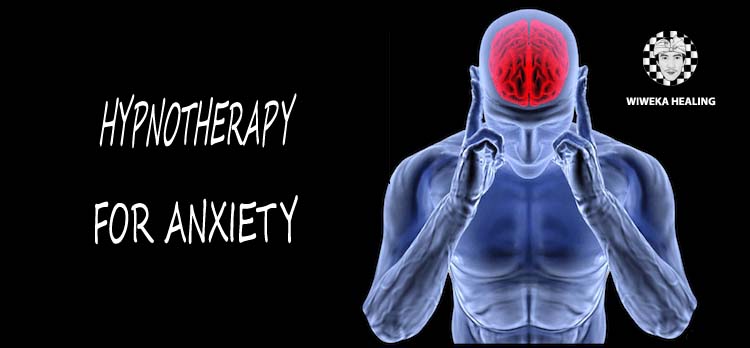
This is How You Get Back Your Time!
If you had the ability to completely control your emotions – and particularly your stress response – then you could very well describe this as being the ‘ultimate technique’.
Many people wish that they could stay calmer and more in control during stressful situations. Mistakenly, they then believe that the answer is to eliminate their stress response altogether so that they can maintain a slower heart rate and a more composed disposition.
Actually though, your stress response is a very powerful and useful tool when you learn to channel it and tap into it. The aim should not be to eradicate it but rather to learn to control it.
In this guide, we’ll start to look into how you might do that – so that you can maintain the perfect mental state to improve your performance and concentration in any given situation. For a more detailed and in-depth guide though, you’ll need to watch the video which will give you the tools to become complete master over your own emotions, your hormones and your neurotransmitters.
Forget stammering, forget shaking, forget getting in a fluster.
Say goodbye to panic attacks and fainting. From now on, your body and mind
works for you and you’ll be able to do incredible things once you tap into that
ability.
What is the Stress Response?
Understanding the Role of Hormones and Neurotransmitters
So what precisely happens when your stress response begins?
To begin with, you will find your heart rate increasing. This in turn will be followed by tensing of the muscles, a narrowing of your focus and a flood of anxious thoughts.
All these things are designed to help you improve your chances of survival in a confrontation. Increased muscle mass will give you greater strength, while the enhanced focus will help you to avoid danger. Your blood viscosity meanwhile increases too, which makes it more likely to clot in case you should be cut or injured.
Your heartrate increases and your blood vessels dilate which allows more blood and oxygen to make it around your body. Specifically, this blood and oxygen will be directed to your muscles and to your brain, which will increase your strength further as well as your awareness.
At the same time, your blood is directed away from your digestion and your immune system – which is why chronic stress can be so bad for you.
All of these changes are meanwhile triggered in the body by the release of various hormones and neurotransmitters. These include:
- Adrenaline (epinephrine)
- Noradrenaline (norepinephrine)
- Serotonin
- Dopamine
- Cortisol
In turn, this triggers the many changes throughout the nervous system that represent the stress response.
How to Tap Into Flow States
The problem with the stress response is that it also brings with it a lot of second guessing and anxious thoughts. If we are inclined to anxiety, then this can cause us to become ‘frozen’ when it comes to making important decisions and it can cause us to stutter, stammer and make mistakes that undermine our confidence. In the worst case scenario, it can lead to panic attacks and fainting!
That is what you get when you take the stress response and add fear.
But there’s another way you can meld the stress response to your will and turn it into an incredibly potent tool. That is to use what’s known as a ‘flow state’.
Flow states are states of mind that make us more alert, more engaged and more creative and productive. Often flow states appear to make time slow down to a crawl and give us the time and the heightened physicality to make the precise moves we need to make.
Many athletes describe flow states as being what allows them to break records and perform at their very best. Startup companies are believed to be in flow when they come up with their best ideas. And we are in flow when we’re able to stay focussed on work for hours on end without distraction.
Essentially, flow states mean complete focus on the task at hand with no distractions and no second guessing. At the same time, they give us faster reactions, better coordination and even improved strength and flexibility.
And essentially a flow state is the same chemically as a stress response. Really the only key difference is extra serotonin (the feel good hormone) and anandamide – which is the same neurotransmitter that’s responsible for the effects of marijuana!
Anandamide improves our creative problem solving and creates a sense of bliss. Combined, these hormones and neurotransmitters also lead to a state called ‘temporohypofrontality’. This means that the prefrontal cortex of the brain has almost entirely shut down so that you have no ‘critical’ inner voice. Instead, you’re able to react on pure instinct without hesitation.
Flow states essentially are the more positive version of the stress response. This is what happens when instead of feeling scared of the situation, you feel exhilarated. And that in turn is why things like extreme sports are so often associated with flow.
What this means is that you can tap into a flow state and use it to replace the stress response you would otherwise have had. Instead of getting stressed, try to see your situation as exciting and challenging and use that to become elated while also being highly focussed.
Introducing CBT
The question is: how do you remove the fear that you have from a situation and turn it into an exhilarating challenge in your mind? To do this, you need only use a technique called CBT. And this same technique can similarly be used to create a sense of calm and relaxation, or to help you overcome and prevent a fight or flight response.
CBT essentially stands for ‘cognitive behavioural therapy’. This is a form of psychotherapeutic intervention that is used by therapists to treat numerous psychological conditions including phobias and anxiety disorders. It works by fundamentally altering the way you feel about a particular situation and to do that, it looks to the contents of your thoughts.
Because ultimately, it is your thought process that determines the release of chemicals in your brain and body rather than the situation you’re in. Your perception in this sense is actually more important than the reality.
What do I mean by this? Well let’s imagine that you’re standing in a bus that has come off the road and is now hanging off the edge of a cliff. Any slight movement could cause the bus to tip and fall, taking you with it to your death.
In this situation, you would experience a very sudden and real fight or flight response as your body would be flooded with hormones and neurotransmitters in response to danger. These would then increase your heart rate, your focus, your awareness etc.
But now let’s imagine that someone shouts to you from outside that it’s okay: the bus you’re in has been chained safely to the ground. Suddenly, your emotional state would change and you would feel calm, relaxed and at ease all over again. It might be that the person outside the bus lied to you.
So in other words, the only thing that changes was your belief – the reality doesn’t matter.
CBT teaches you to change your beliefs and your perception and thereby to control your emotional response to a situation.
It does this normally by looking at what it is about a situation that you’re afraid of and by looking at the contents of your thoughts that are leading to your stress response. For example, if you’re afraid of speaking in public, then you probably have negative thoughts about it telling you that you’re going to stutter and make an idiot of yourself, or telling yourself that no one is going to laugh at your jokes.
But if you can convince yourself that isn’t true, then you can suppress the stress response. This is called ‘thought challenging’ and very often it’s actually a simple matter of being realistic.
Challenge that belief that you’re going to get laughed at by asking some real questions and by thinking the situation through logically.
Would you laugh at someone having a hard time on stage or would you be compassionate? Most people are sympathetic to the situation and would listen politely.
Likewise, ask yourself why it matters – are you going to see these people again? No! So why should you care what they think of you?
Now remind yourself that this is actually an opportunity to improve your skills and to get better at giving talks. If you enjoy the challenge and think of it as a learning opportunity, then you can actual revel in all that adrenaline, turning it more into a flow state rather than an anxiety attack.
You’ll be more focused, aware and creative but not more anxious and panicky.
More Ways to Control Your Emotions
This is something that takes practice but with time you can learn to change the way you think about stressful experiences. In turn, this will change the way that your body responds and help you to remain calm when it really matters.
But while you work at that, there are a few more techniques you can employ as well that will help you to become even more effective at controlling your stress response and feeling calm under pressure.
One of these methods gives this book itself title: breathe!
When you can control your breath, you will find you are able to much more effectively control your stress levels and also change your emotional state in general. When we breathe, this can have the opposite effect to being in a stressful situation.
Breathing deeply enables us to engage our ‘rest and digest’ state which is modulated by the parasympathetic nervous system and normally kicks in once the threat has been removed. Deep breathing therefore helps our heartrate to slow back down and improves restorative functions.
There are numerous methods we can use to improve our breathing but the very best option is to change the way you breathe throughout the day. The correct technique is known as ‘abdominal breathing’ and allows you to take in more air on each breath and thereby reduce your stress response while also properly fueling your brain and muscles more effectively.
If you put one hand on your chest and one hand on your stomach, you should be able to easily identify which moves first when you breathe in. If it is your chest, then you are currently breathing with the incorrect technique and aren’t taking in as much air as you could be. Breathing from the chest gives you shallow and ineffective breath and increases your stress response. Breathing from your abdomen meanwhile allows your lungs to expand more and thus take in more air.
To do this properly, first relax your stomach to allow it to protrude outward. Doing this will create more space in your abdominal cavity and that in turn will allow your diaphragm to drop lower, opening up your lungs more and letting you take in much more air. Only once this has happened do you let your ribs expand and breathe. This has the added bonus of strengthening your transverse abdominis which improves posture.
In the full video we discuss many more breathing techniques including ‘equal breathing’ in more depth. We also look into CBT in more depth and discuss how you can use one technique – called hypothesis testing – to eradicate any social anxiety and become ‘socially bulletproof’. We also discuss how to overcome a panic attack and how to meditate.
Read the full video if you want to learn how to take full control of your emotions and say goodbye to stress and panic. Otherwise, try and implement what you’ve learned here into your daily life. Next time you feel your stress response bubbling up, try to control your breathing and remember: this is a great opportunity to become stronger. Stress is just making you more focused and if you enjoy the moment, you’ll be unstoppable!
TOP RECOMMENDED GUIDE:
How To Stay Calm, Confident and Collected in Even the Most Stressful Situations
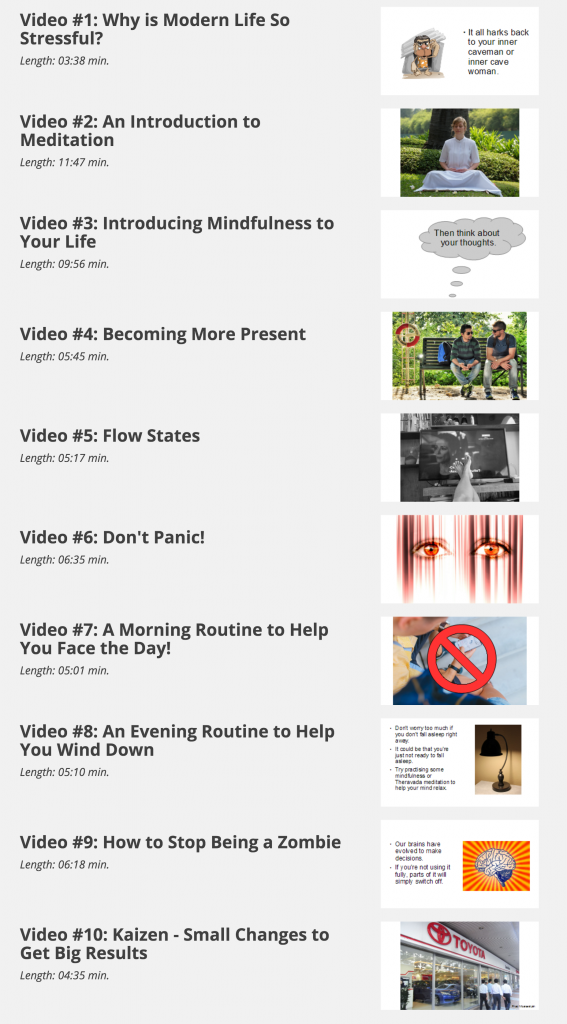
[am4show have=’g10,0,-1;’ guest_error=’text-member’ user_error=’text-premium’][/am4show]









